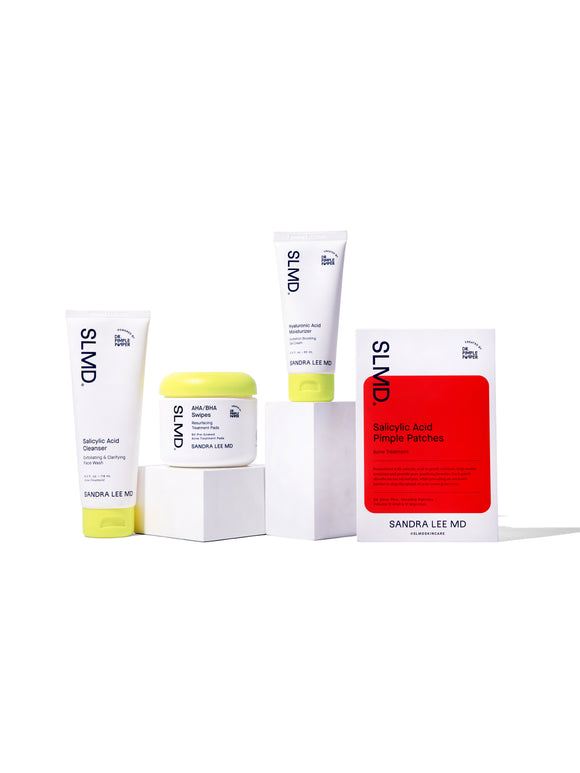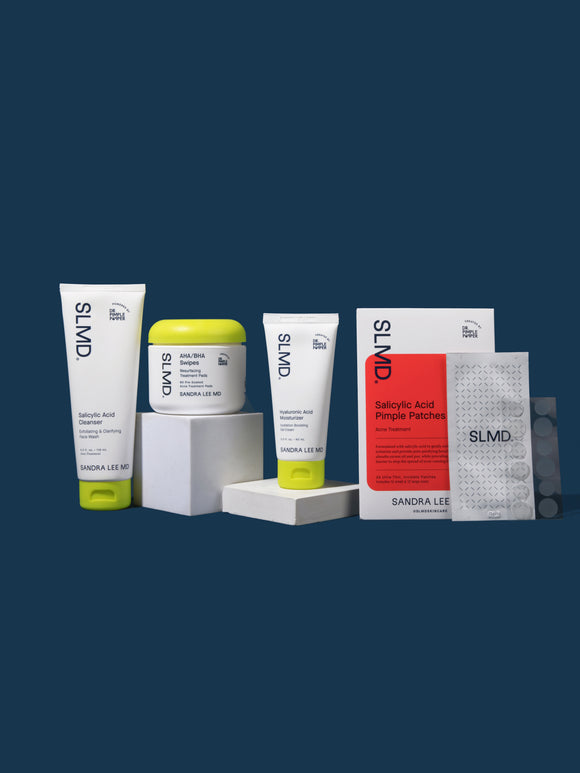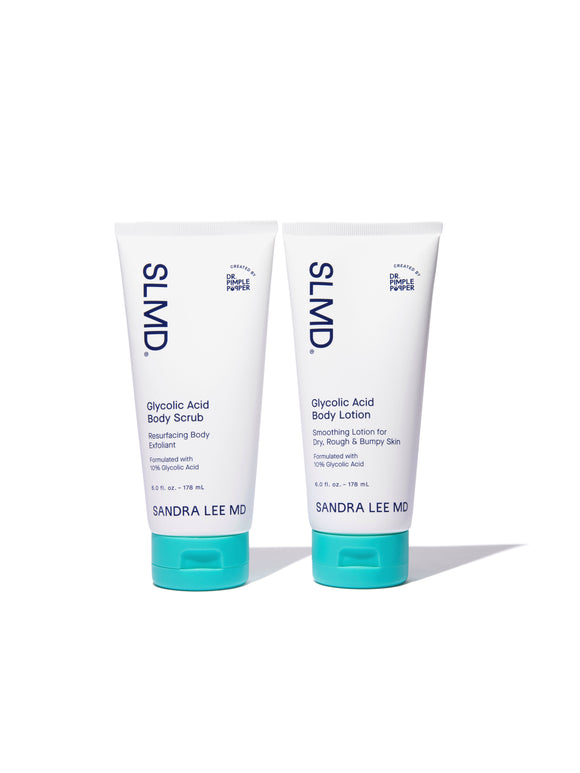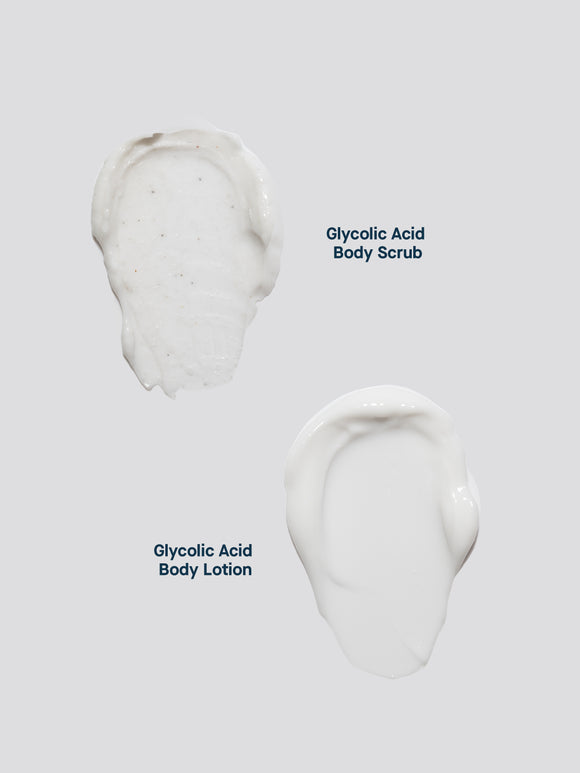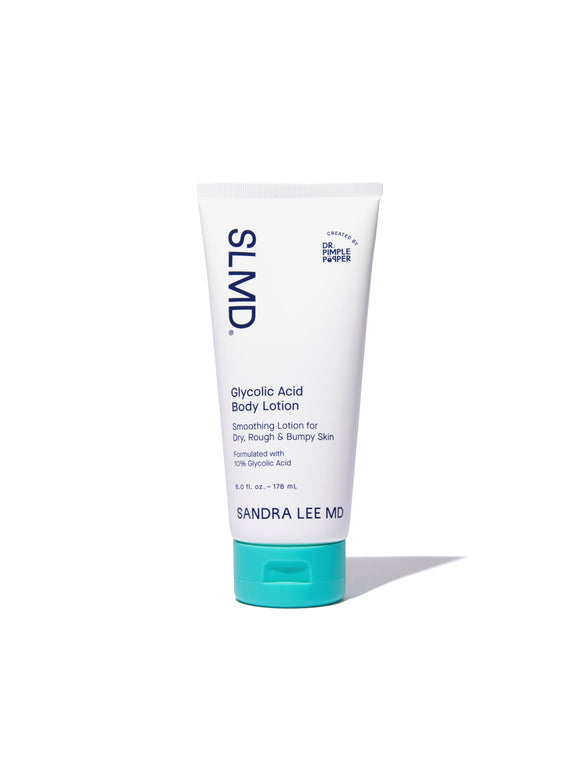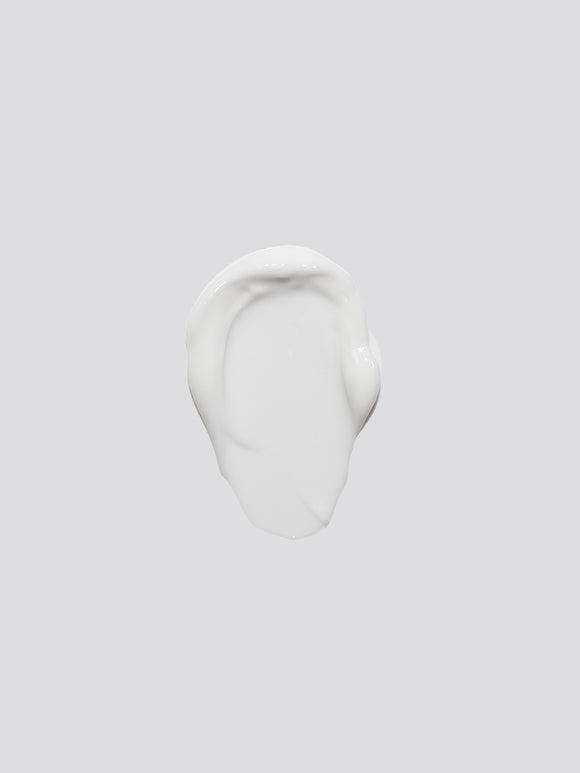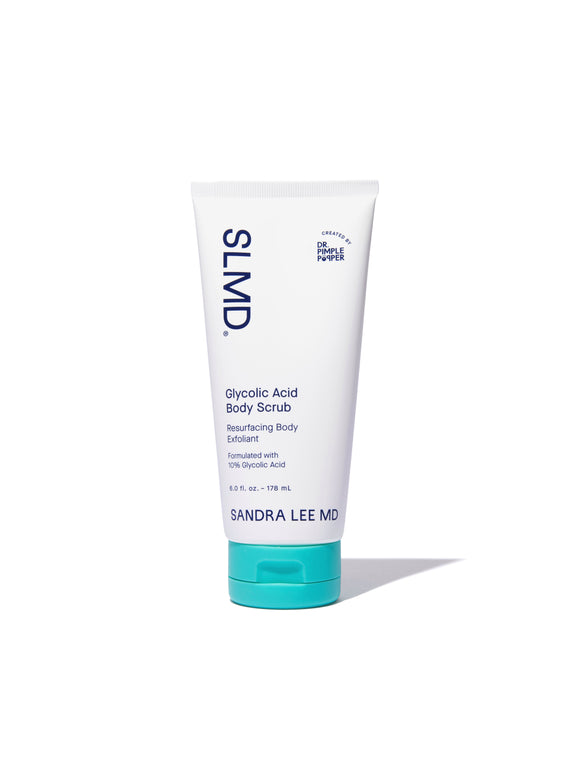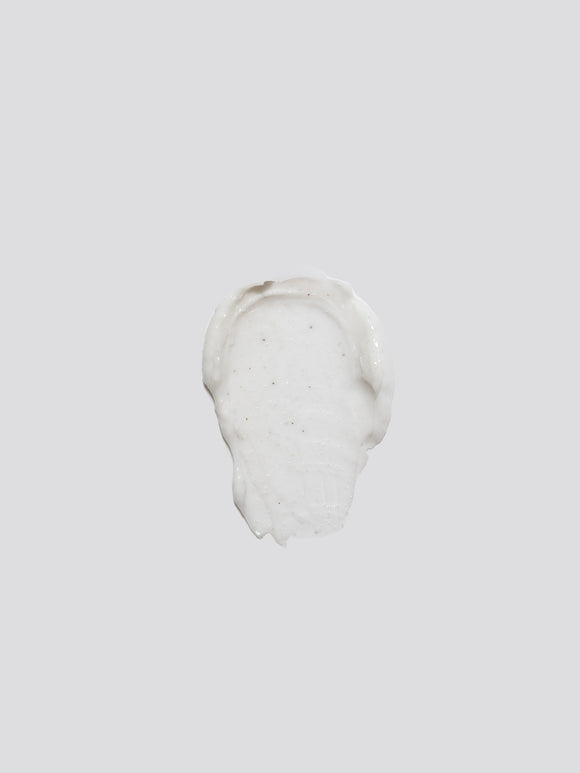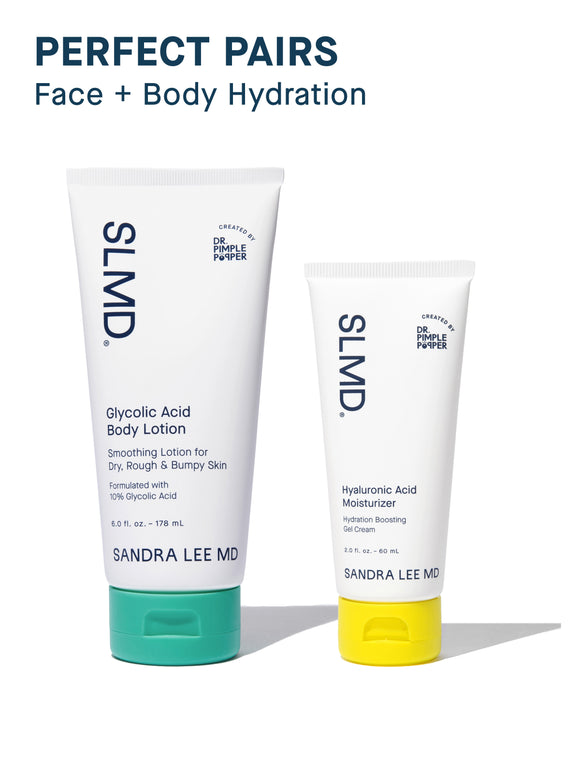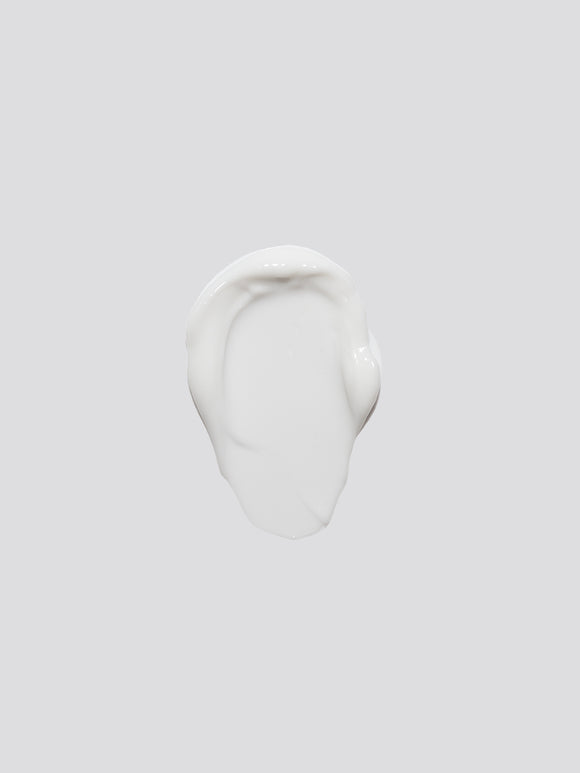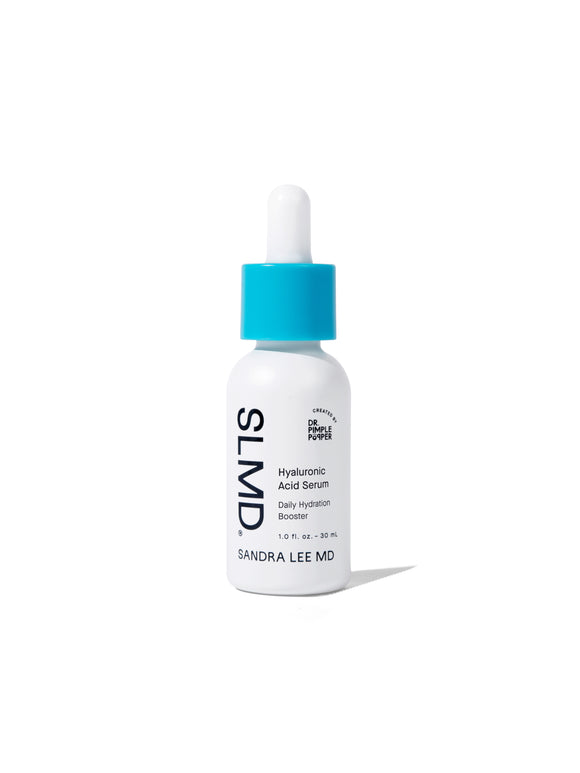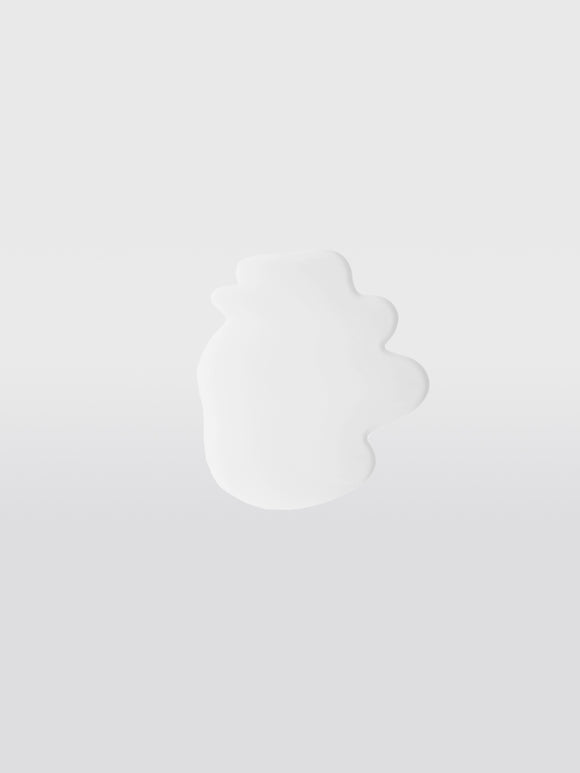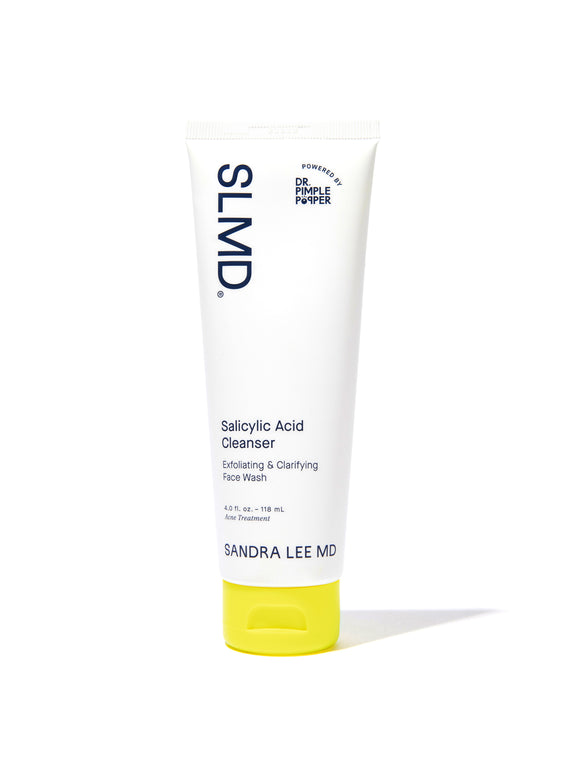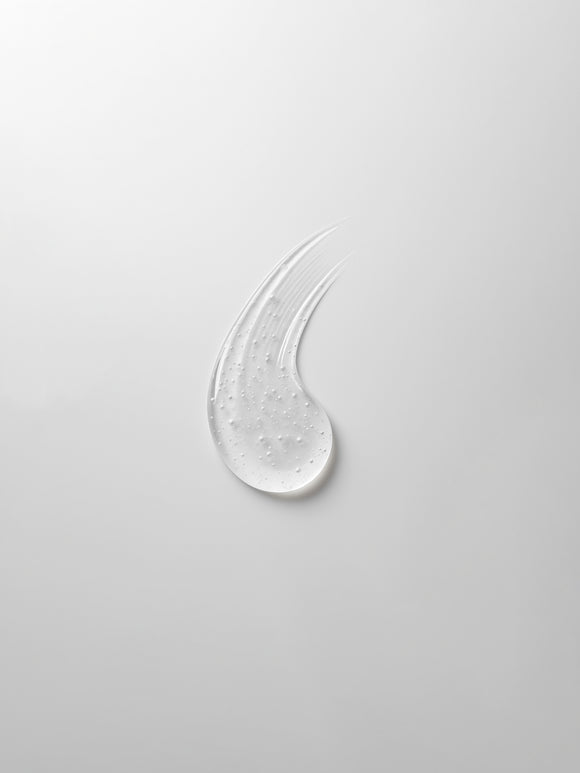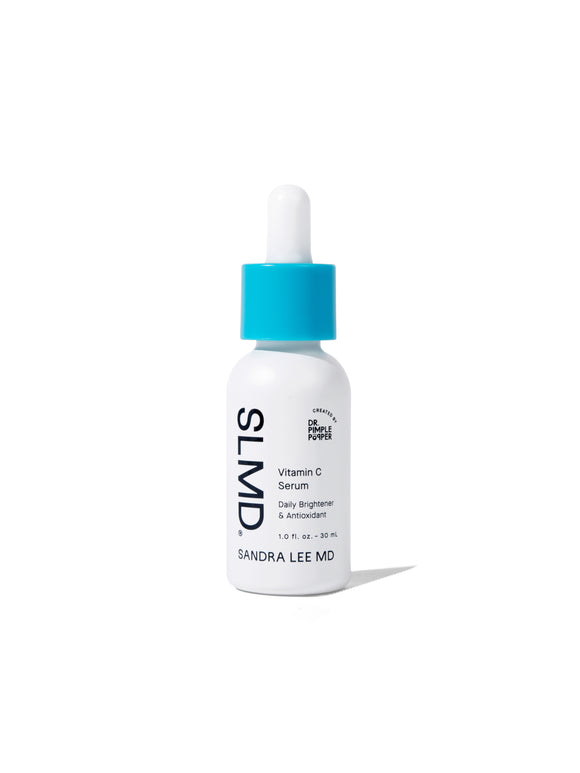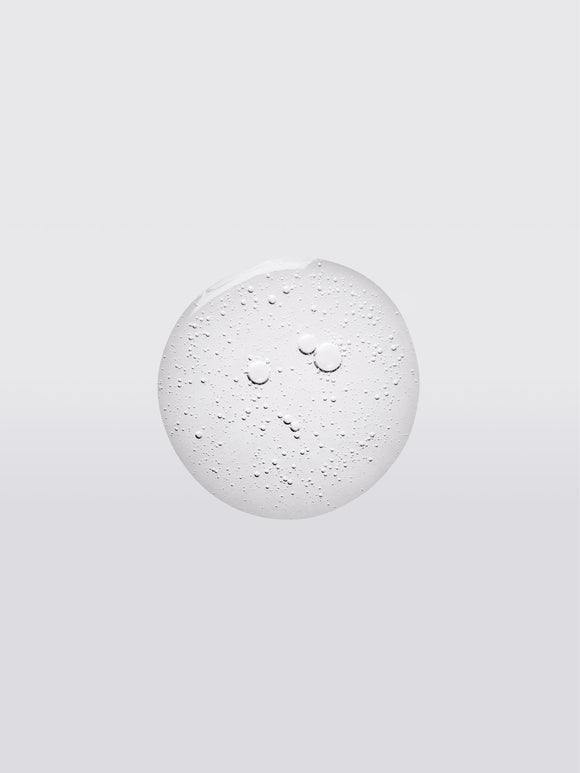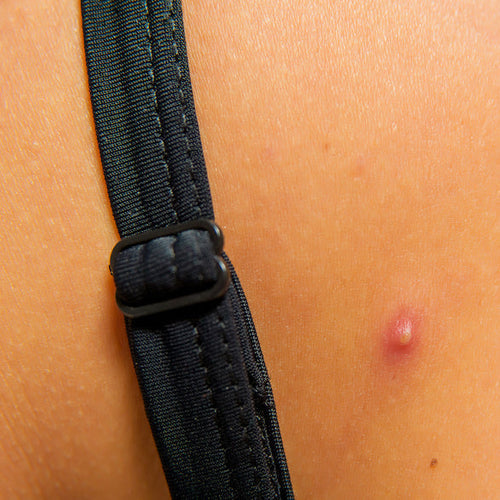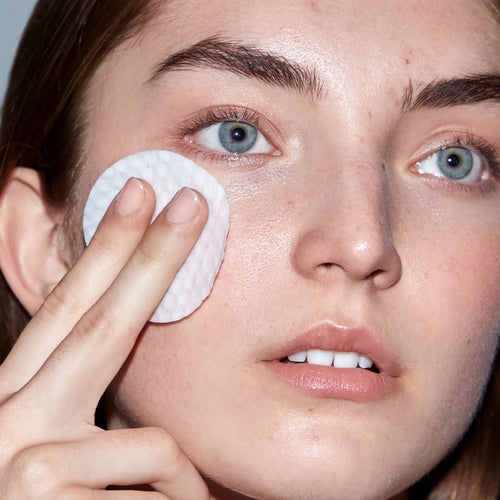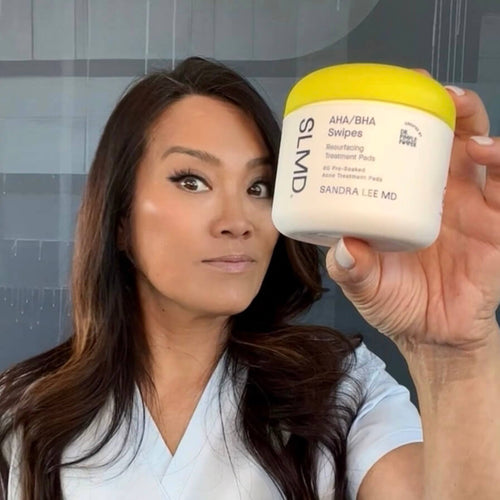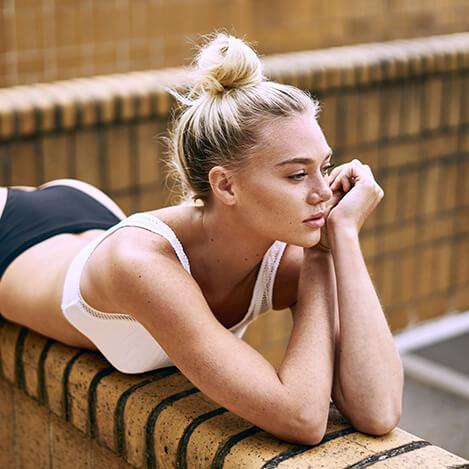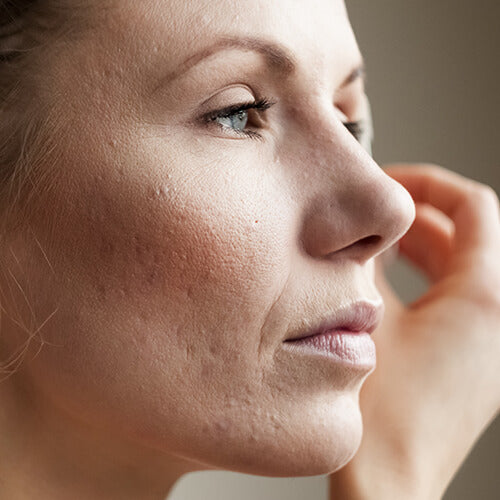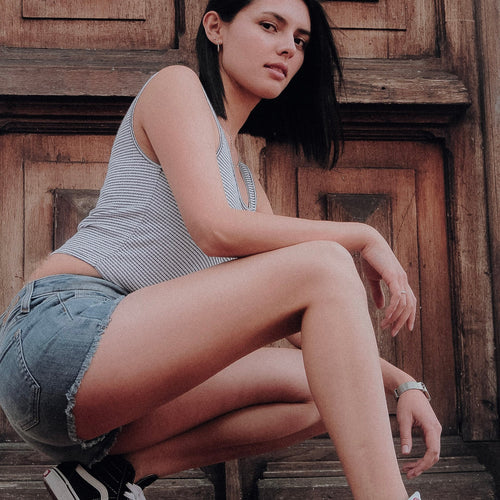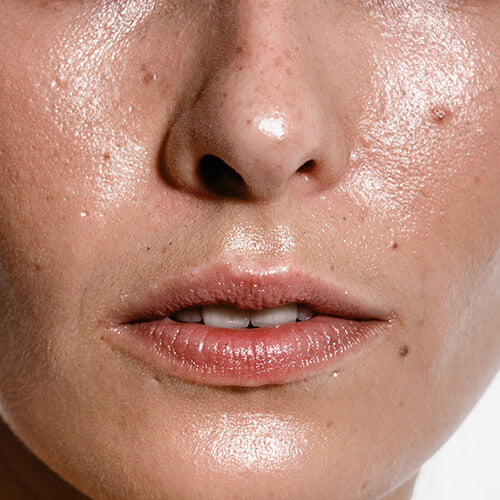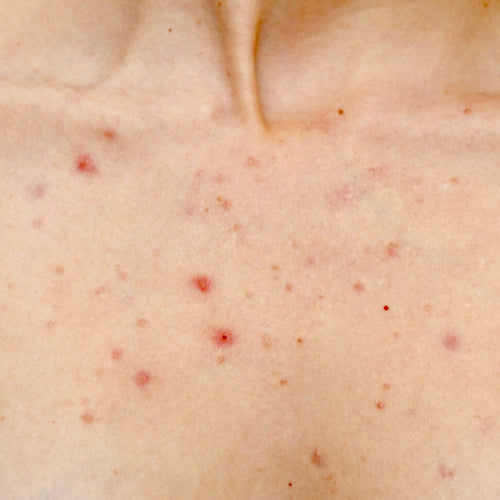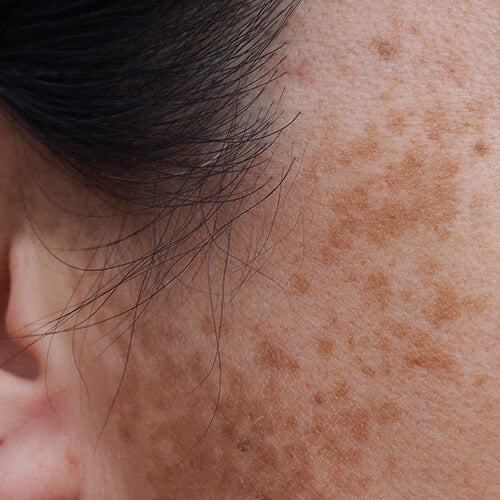
6 Myths About Glycolic Acid: Busted
Dr. Pimple Popper sheds light on the most popular (and potent) alpha hydroxy acid.
Published:
4 minute read
Chemical exfoliant glycolic acid is one of those versatile superstars: touted as a treatment for everything from acne to aging to keratosis pilaris. But does it deserve all the hype?
With all of the “expert” advice floating around out there, we decided it’s time to clear up some of the most common misconceptions about this popular AHA. We’re separating fact from fiction with the help of board certified dermatologist, Dr. Sandra Lee (aka Dr. Pimple Popper).
MYTH #1: Glycolic acid is just for aging skin
It’s true: this AHA is an anti-aging superstar: shown to minimize fine lines, reduce the appearance of pores, and promote a more even skin tone. But this multitasker also helps manage keratosis pilaris — aka "strawberry skin" or “chicken skin.” Although researchers aren’t sure exactly what causes KP, those rough bumps are the result of excess keratin — the primary protein that makes up skin. The keratin builds up inside the pores and forms a hardened bump, which sometimes also traps hair, creating ingrowns. Glycolic acid breaks down the bonds holding the keratin together, which smooths skin.
Glycolic acid has also been shown to benefit acne-prone skin, which makes sense, since a buildup of dead skin cells is a major contributor to breakouts. This AHA is also helpful for minimizing minor acne scarring, as well as post-inflammatory hyperpigmentation (aka PIH).
Try: SLMD AHA/BHA Swipes, Body Smoothing System
MYTH #2: Glycolic acid is too drying
While it is true that over-exfoliating can compromise the skin barrier (which leads to dehydration), glycolic acid itself isn’t drying. Because these AHA molecules are so tiny, they’re capable of penetrating down into the dermis at certain concentrations. Studies have shown that glycolic acid has the potential to stimulate the production of glycosaminoglycans — a class of natural substances (including hyaluronic acid) that hydrate and lubricate the skin and joints.
If you’re experiencing dryness after using AHAs, try using your exfoliants less frequently. Be sure to always moisturize and wear SPF daily, as alpha hydroxy acid products will make your skin more sun sensitive.
Try: SLMD Facial Moisturizer, Daily Moisturizer with SPF 15, Hyaluronic Acid Moisturizer, and hydrating Hyaluronic Acid Serum
Dr. Pimple Popper's Glycolic Acid Picks
MYTH #3: Glycolic acid is FDA approved
It’s worth noting that glycolic acid is one of those chemicals (like salicylic acid) that can be considered both a cosmetic (used to enhance appearance) and a drug (used to treat/alter the body), based on the concentration and usage claims.
The drug glycolic acid is technically still under review by the FDA — awaiting an “official” approval for inclusion in what's called the Bulk Substances List. The most recent report from the FDA, which includes a comprehensive review of the available clinical and non-clinical data, concludes that glycolic acid is safe and effective at currently accepted concentrations. Given the agency’s reputation for moving at glacial speed, it’s not surprising that we haven’t seen a final ruling yet.
Now in terms of cosmetic formulations, the FDA currently requires that any product that contains glycolic acid (or any AHA, for that matter) provide a sun exposure warning in its packaging, as these substances have been shown to increase UV sensitivity.
MYTH #4: Glycolic acid irritates sensitive skin
As Dr. Lee always says: listen to your skin. Certain chronic skin conditions, including both eczema and keratosis pilaris (aka “chicken skin”), can typically benefit from glycolic acid products that are formulated with gentle concentrations.
Exfoliating then immediately moisturizing is key for keeping your skin balanced. For the face, start with lower concentrations, not more than once weekly. While some slight tingling is perfectly OK, lingering redness and burning are signs of overdoing it. Build up slowly to a frequency that’s ideal for your skin.
Keep in mind that you can rinse your face shortly after applying an AHA, as water helps neutralize the acid. It’s also worth noting that sometimes, irritation can be a result of other ingredients in the formula — so try a variety of options if you’re committed to incorporating glycolic acid into your routine.
MYTH #5: Glycolic acid thins your skin
Much like with retinol, this misconception most likely came about because it seems logical that any type of exfoliant, by definition, must be making your skin thinner. But sloughing off old, dead cells doesn’t do any harm — unless you’re overdoing it. So be sure to follow labeling instructions, and tailor your routine based on your skin’s unique needs.
Some studies have shown that in photoaged skin, AHAs actually increase skin thickness. Glycolic acid also improves collagen density and elastic fiber quality, by stimulating fibroblasts (i.e., the collagen and elastin-making cells in your dermis). Additionally, it provides that boost of natural hydrators we already mentioned in #2.
MYTH #6: You can’t mix glycolic acid with other actives
This is another one of those false beliefs that may contain some truth — because everyone’s skin is different. However, for most people — even those with sensitive skin — combining glycolic acid with other potent dermatological ingredients is perfectly safe, as long as you do it thoughtfully.
Here are a few of Dr. Lee’s mixing DO’s and DON’Ts:
- DO use SPF daily (duh) whether you’re using glycolic acid or not, because all AHAs make your skin more UV sensitive
- DON’T apply retinol immediately after glycolic acid if you have sensitive skin — for everyone else, low concentrations may be OK, just listen to your skin.
- DO alternate your vitamin C serum and glycolic acid products in the AM and PM, respectively — since some formulations can conflict with each other.
- DO combine glycolic acid with salicylic acid, which is oil soluble, so the two complement each other perfectly (try SLMD Salicylic Acid Cleanser).

Dr. Lee's Last Word
There’s a lot of conflicting information out there about alpha hydroxy acids, especially on social media — which is why I always suggest that you start with a skincare solution that’s tailored to your particular skin concerns. Of course, everyone’s skin is different — so when you’re using exfoliants like glycolic acid, start slow, don’t overdo it, and always listen to what your skin is telling you.





